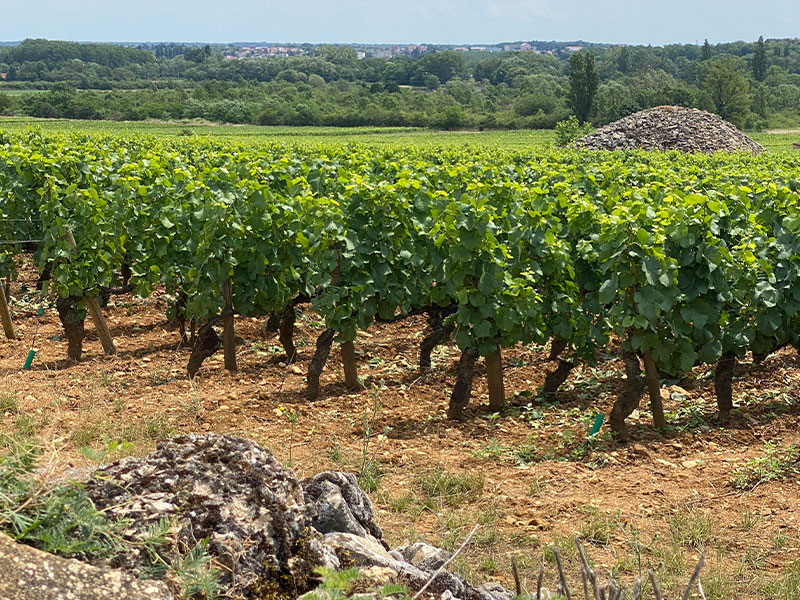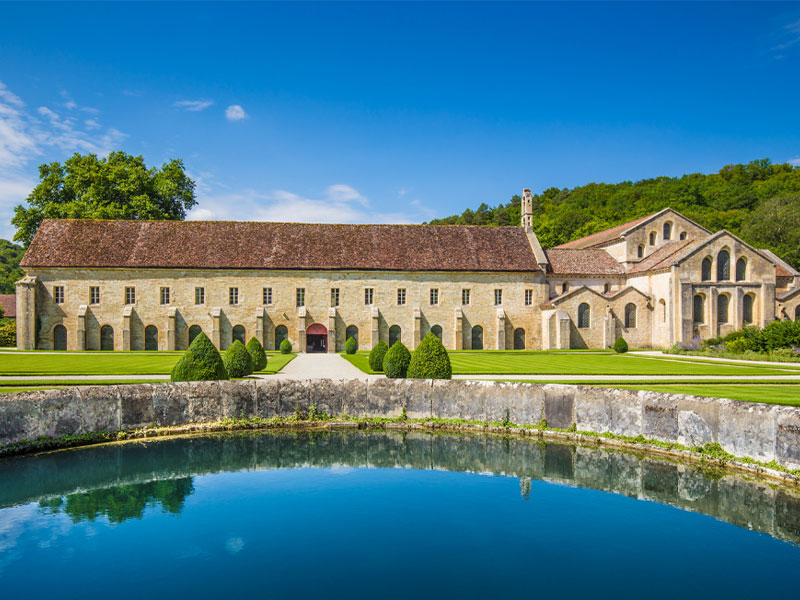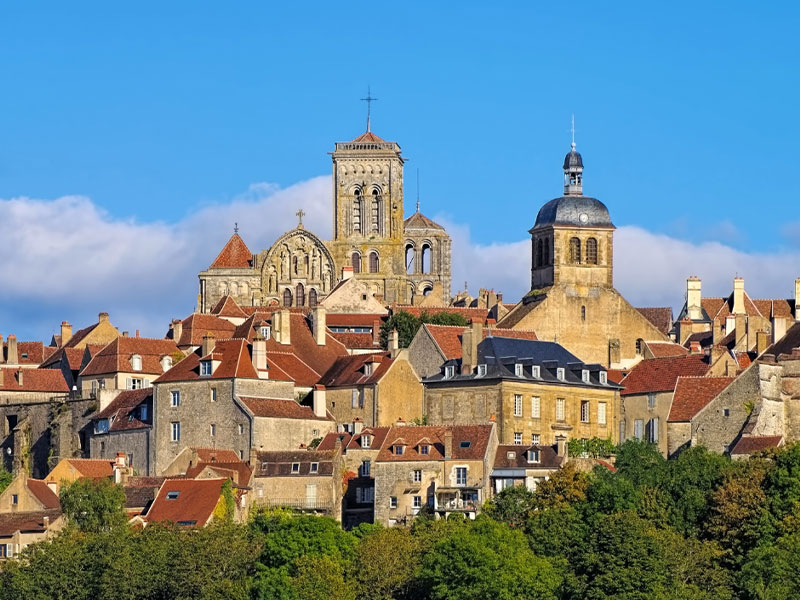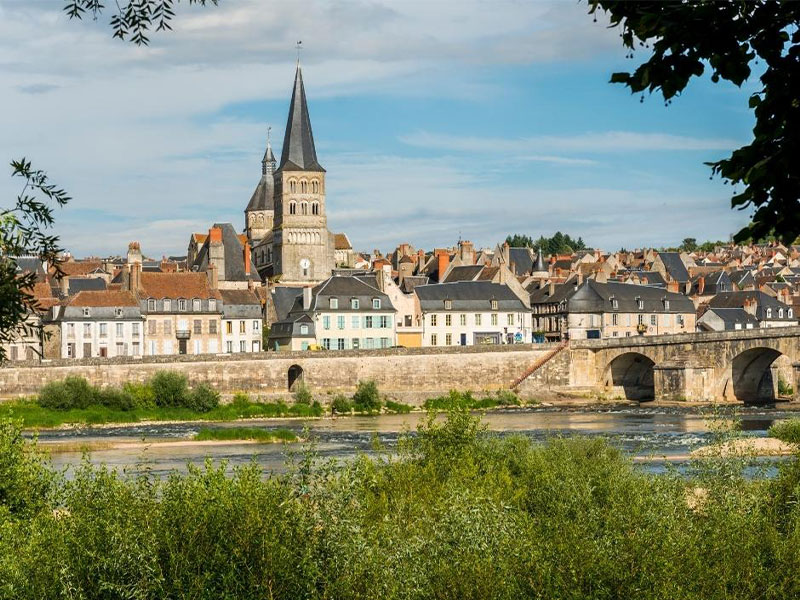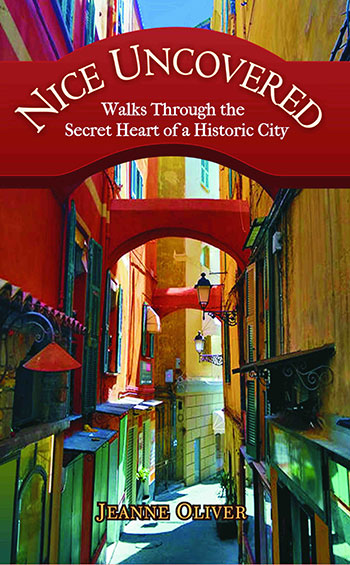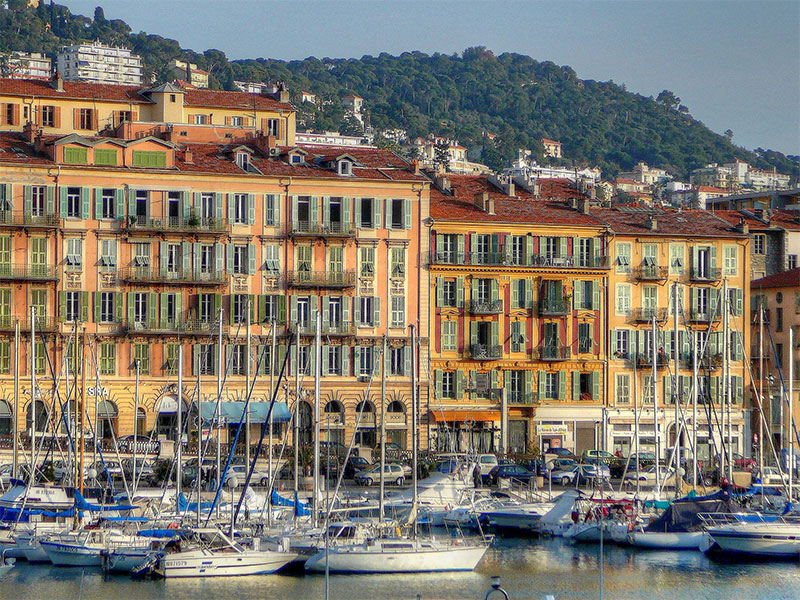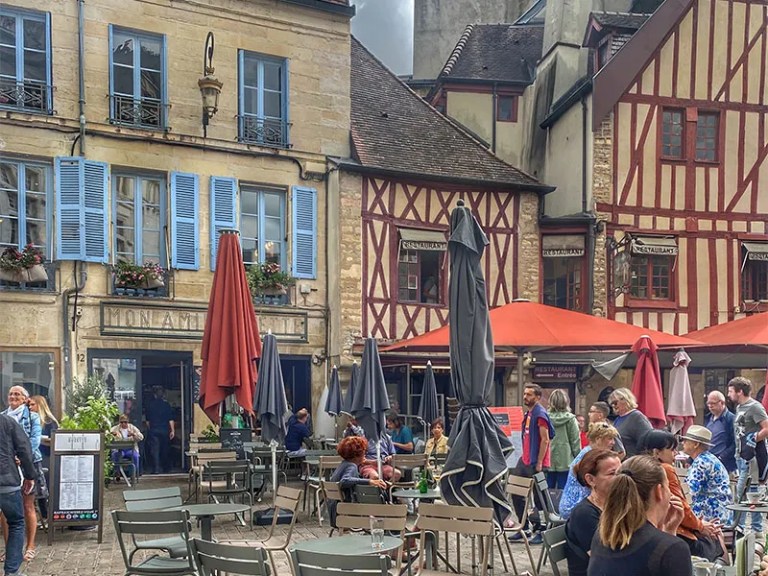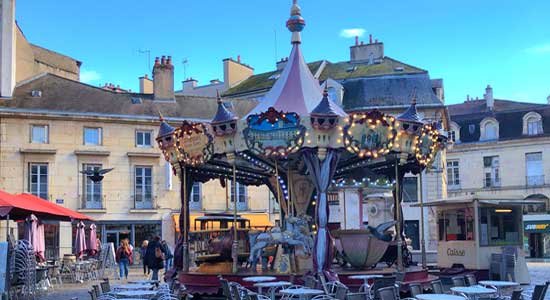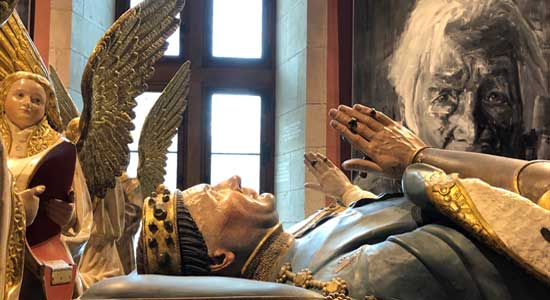The region of Burgundy-Franche-Comté boasts traditional French gastronomy and world class vineyards as well as castles, majestic churches and charming villages. It also shares first place with the region of Occitania (Languedoc-Roussillon, Midi-Pyrénées) for the highest number of UNESCO World Heritage Sites…
Burgundy’s UNESCO World Heritage sites
The Climats du Vignoble de Bourgogne
Awarded UNESCO World Heritage List status in 2015, the Climats du vignoble de Bourgogne (Burgundy) vineyards are recognised as a “cultural landscape.” They embody “the combined works of nature and man and express a long and close relationship between the people and their environment”.
Don’t be deceived by the term “Climat”. It doesn’t mean climate or weather in this instance. Instead it is a local word for a specific plot of vines with a precisely defined border, producing wine with a unique taste and which bears its name. There are more than 1,200 Climats across the entire listed area. They lie between Dijon and the Maranges and south of Beaune. The “Climats” are the result of a unique combination of a 2000 year old cultural heritage. It’s a diverse landscape that reflects the know-how of the wine growers. The area features stone walls and shelters in the vineyards, winegrowers’ houses in the villages and monuments in the towns of Dijon and Beaune.
Cistercian Abbey of Fontenay
Founded in 1118, the Cistercian Abbey of Fontenay is one of the oldest abbeys in France. It is the only one founded by Saint Bernard which has remained intact.
The abbey was officially recognised for its valuable contribution to humanity in 1981. It went through a brief transformation as a paper mill during the French Revolution – thanks to the Montgolfier family of hot air balloon fame. Despite this and having welcomed millions of visitors over the centuries, it has retained a mystical charm. Incredibly almost all of the original buildings have survived intact. They include the church, dormitory and refectory. Saint Bernard designed the abbey to represent the Cistercian principles of simplicity, self-sufficiency and usefulness. Its Romanesque lines are pure and symmetrical with no decorative elements. It makes for a uniquely harmonious look and feel – it’s very spiritual. abbayedefontnay.com
Basilica and hill of Vézelay
An hour west of Fontenay brings you to another UNESCO listed abbey, and town. The village of Vézelay is a classified “Sanctuary city in France.” Together with the 17 communes that surround it, it’s also a classified ‘Grand Site de France.’
Winding streets are lined with Renaissance houses and 17th and 18th century buildings with sculpted doorways. The Basilica sits atop a hill at the end of the main street above the ramparts. Known as the “Eternal Hill” it has played its part in the history of Burgundy, acting as a beacon to welcome and guide pilgrims and crusaders.
Shortly after its foundation in the 9th century, the Benedictine abbey of Vézelay claimed to have acquired the relics of St Mary Magdalene. Since then it has been an important place of pilgrimage, not to mention a great spot to overlook the Morvan Valley. destinationgrandvezelay.com
Chapel Notre-Dame du Haut, Ronchamp
The chapel Notre-Dame du Haut, the pilgrim’s shelter, the chaplain’s house and the pyramid of peace were built by architect Le Corbusier (1887-1965). They have been listed as UNESCO’s World Heritage sites since July 2016 along with 16 other Le Corbusier sites. The chapel, built in 1955 was criticised by some. Others recognised that it heralded an architectural revolution. Le Corbusier designed the chapel furniture and even painted some pieces. www.collinenotredameduhaut.com
Church of Notre-Dame, La Charité-sur-Loire
La Charité-sur-Loire was once an important port originally called Seyr. However in the 11th century, the monks of the local abbey grew such a reputation for kindness to pilgrims that locals started to call it La Charité. And the name was officially changed. The monks church was the second biggest in France at the time, after the mighty Abbey of Cluny. A fire in 1559 destroyed a large part of it though it still has four of its five original naves, which were rebuilt in 1695. The Church is famous thanks to its sculpted decor. Pillars, capitals, lofty arcades and the bestiary are all typical of Cluny’s richly inspired architecture. In 1998, Notre-Dame church became a UNESCO World Heritage site. It is a major stage on the “Route of Santiago de Compostela”. lachairtesurloire-tourisme.com
